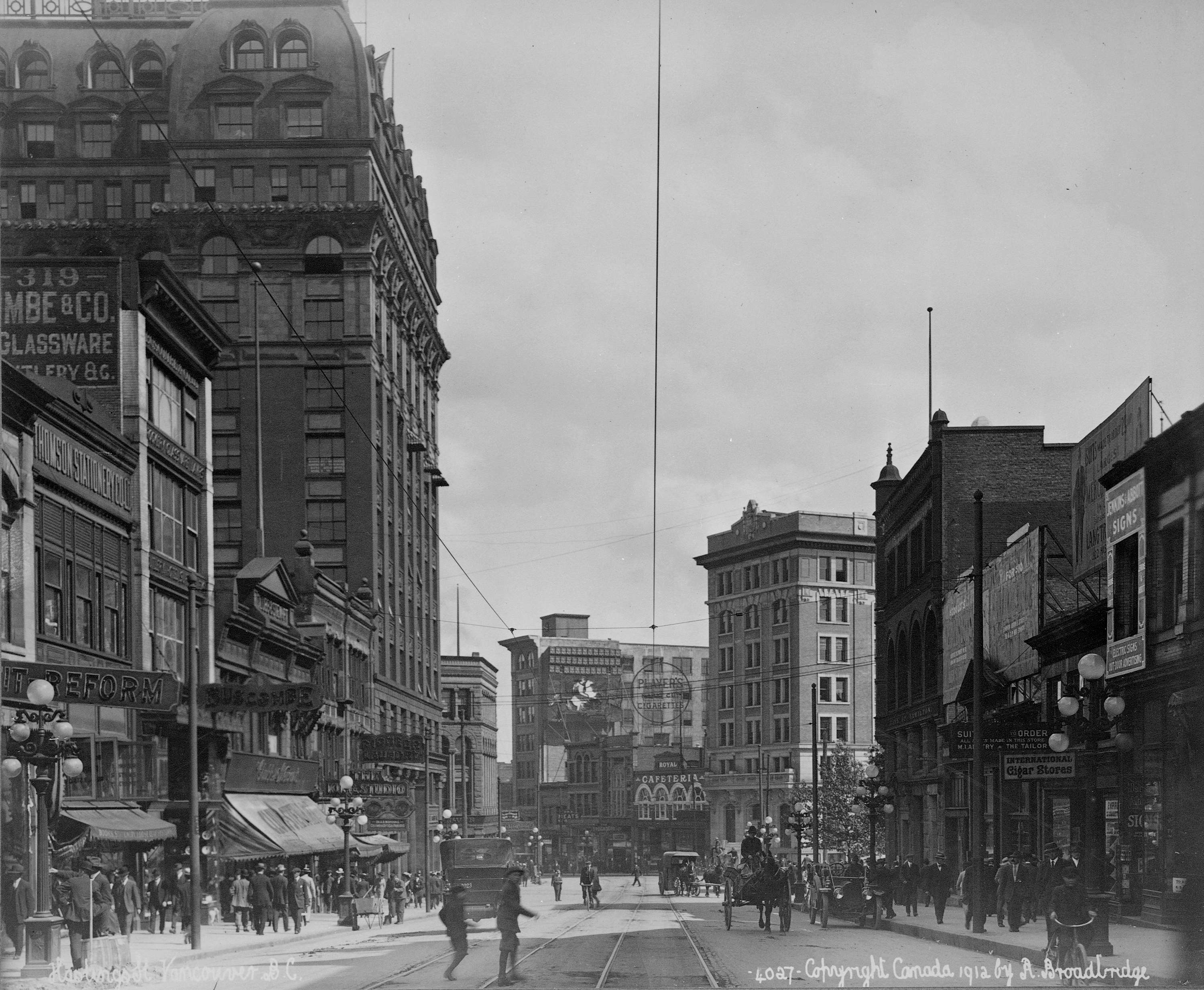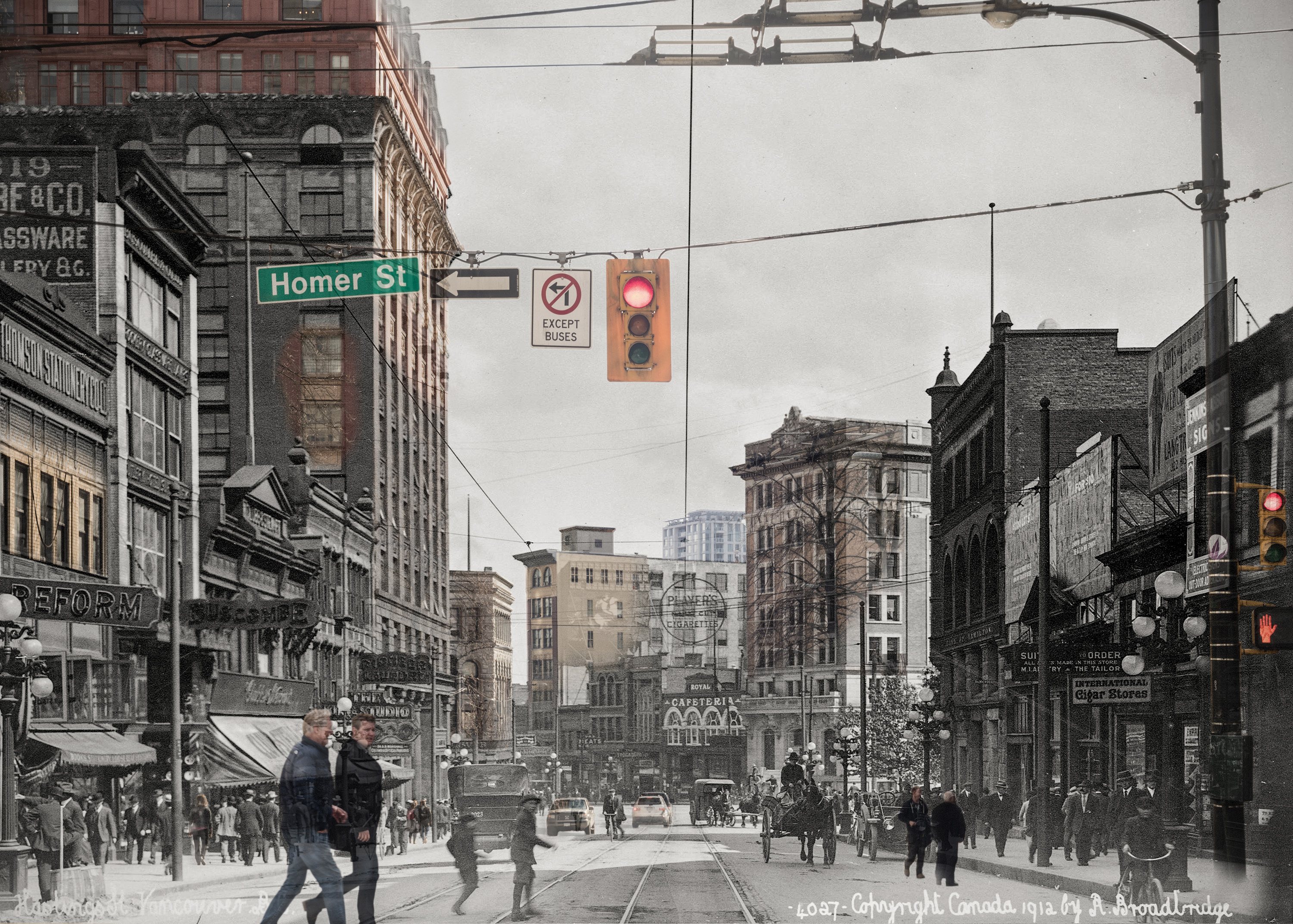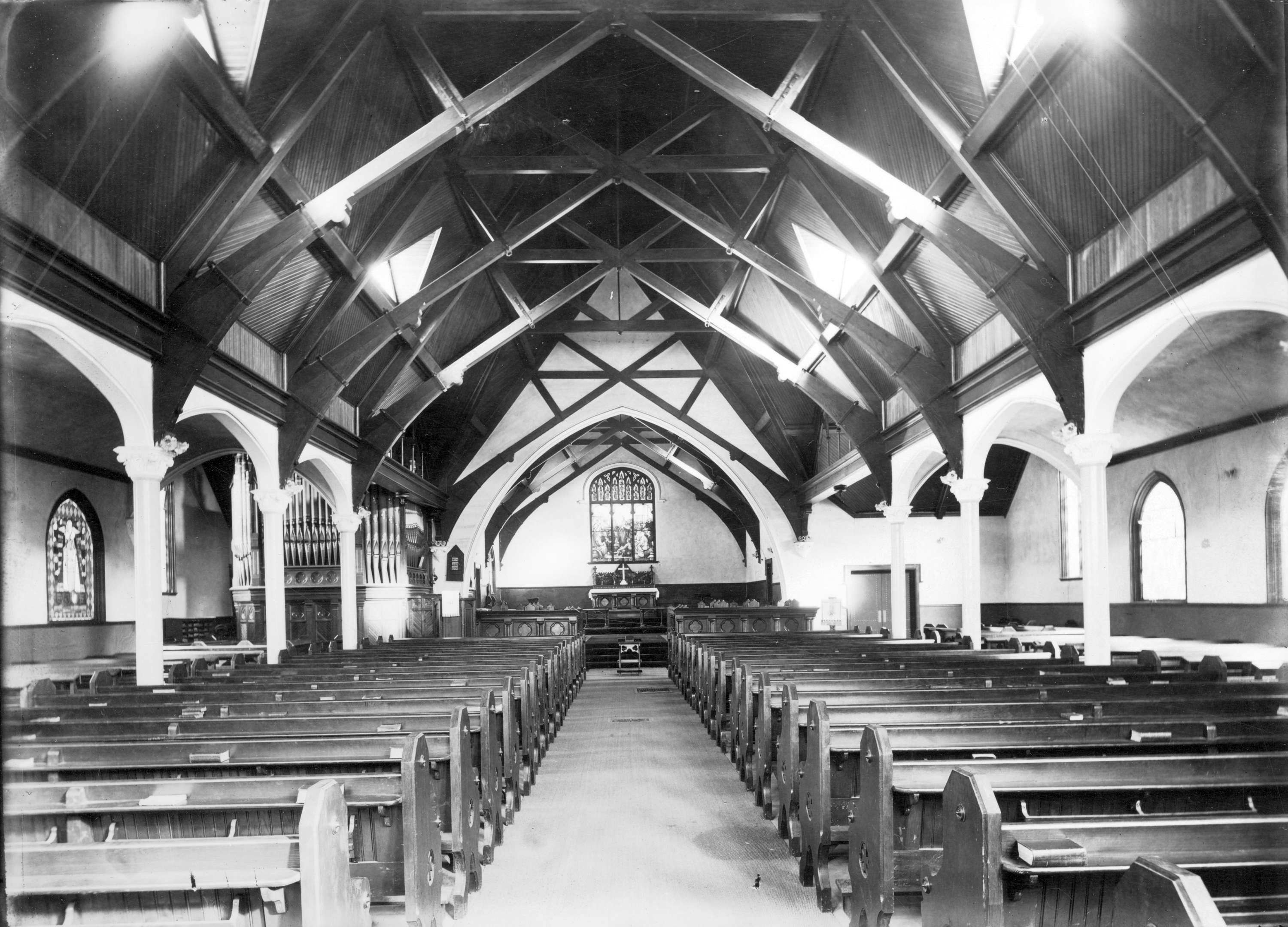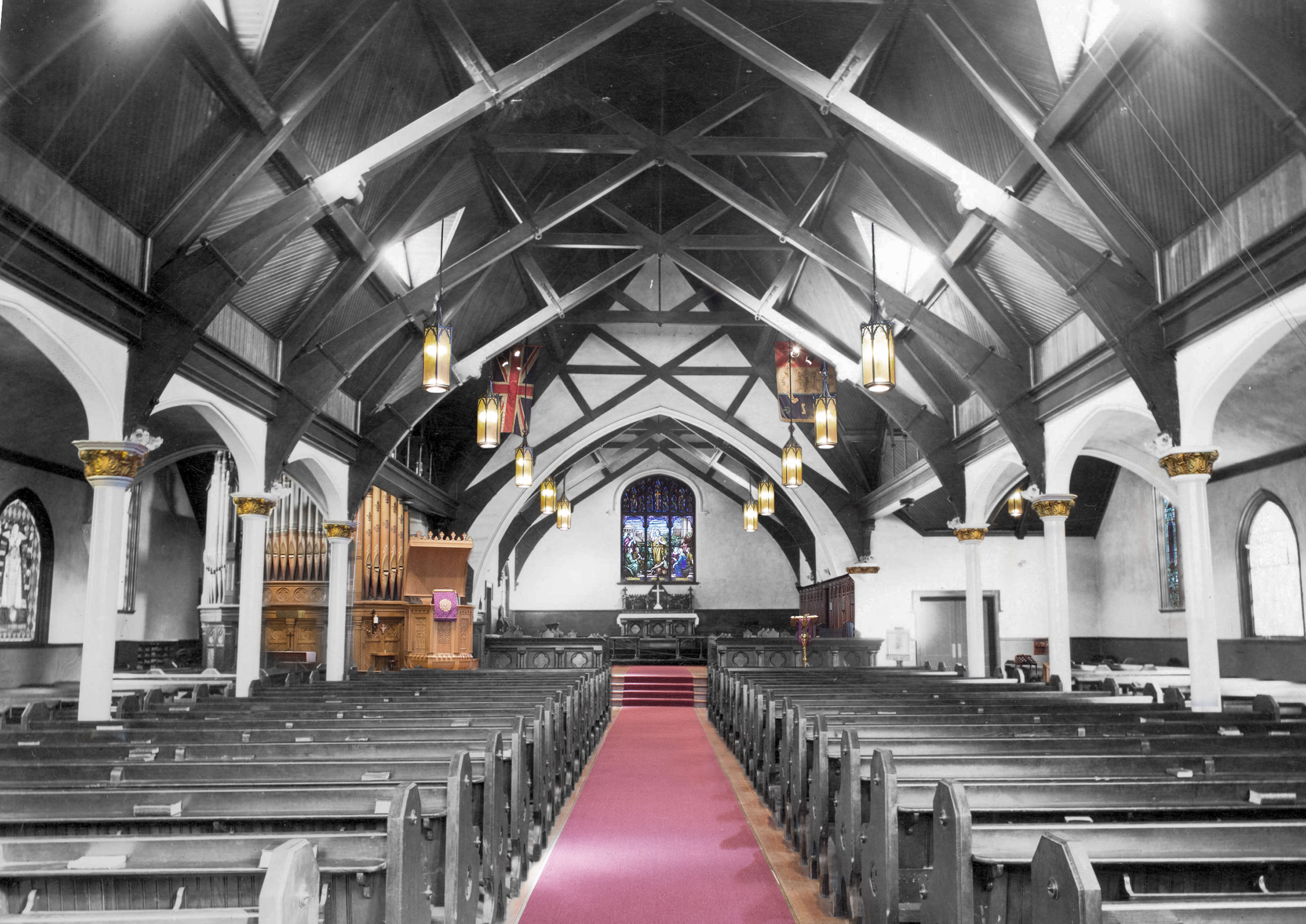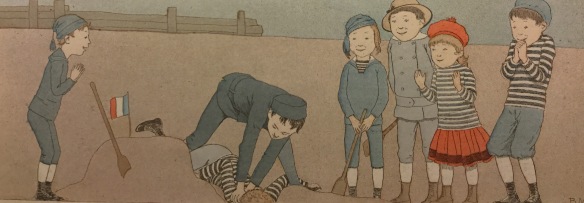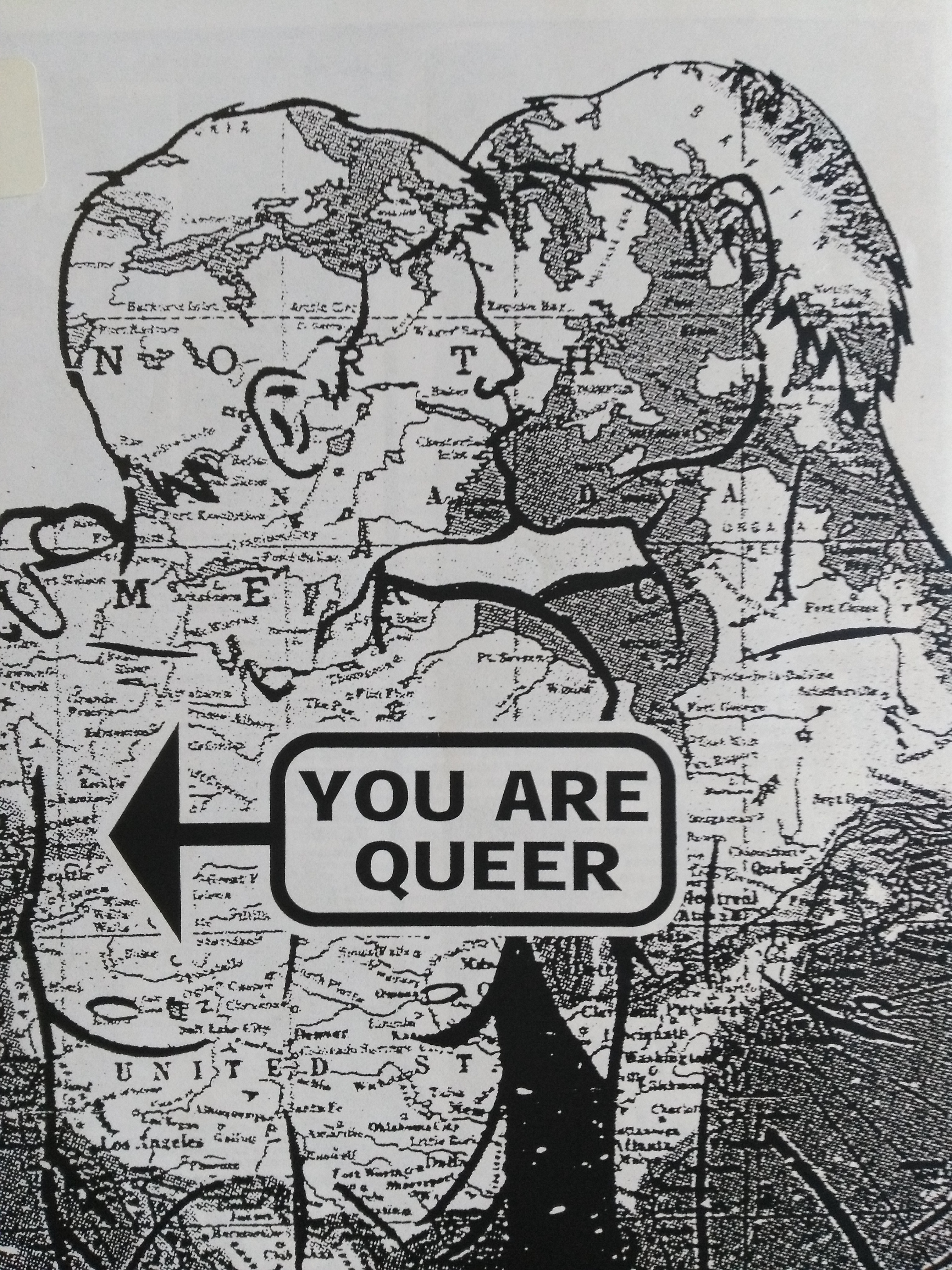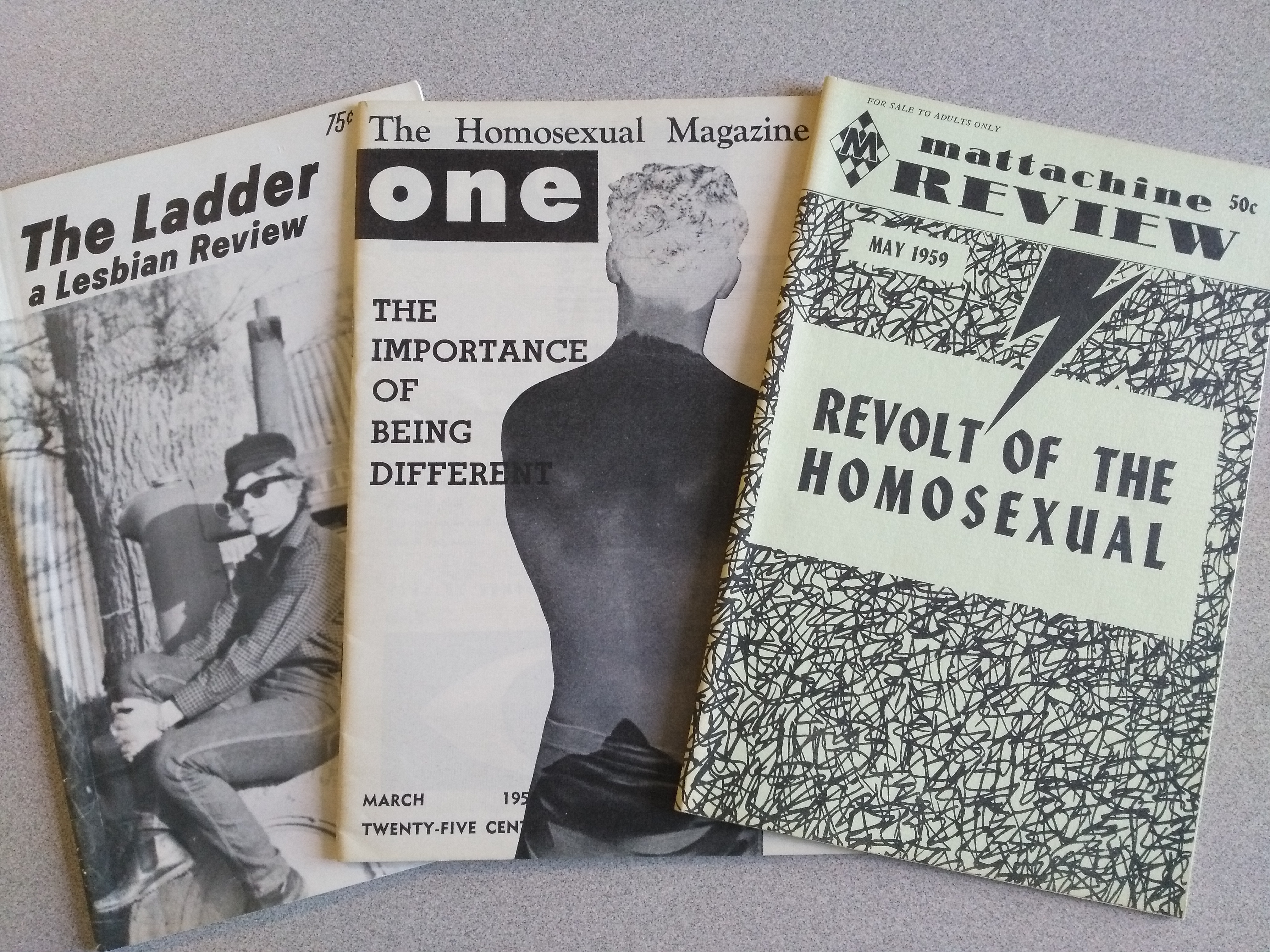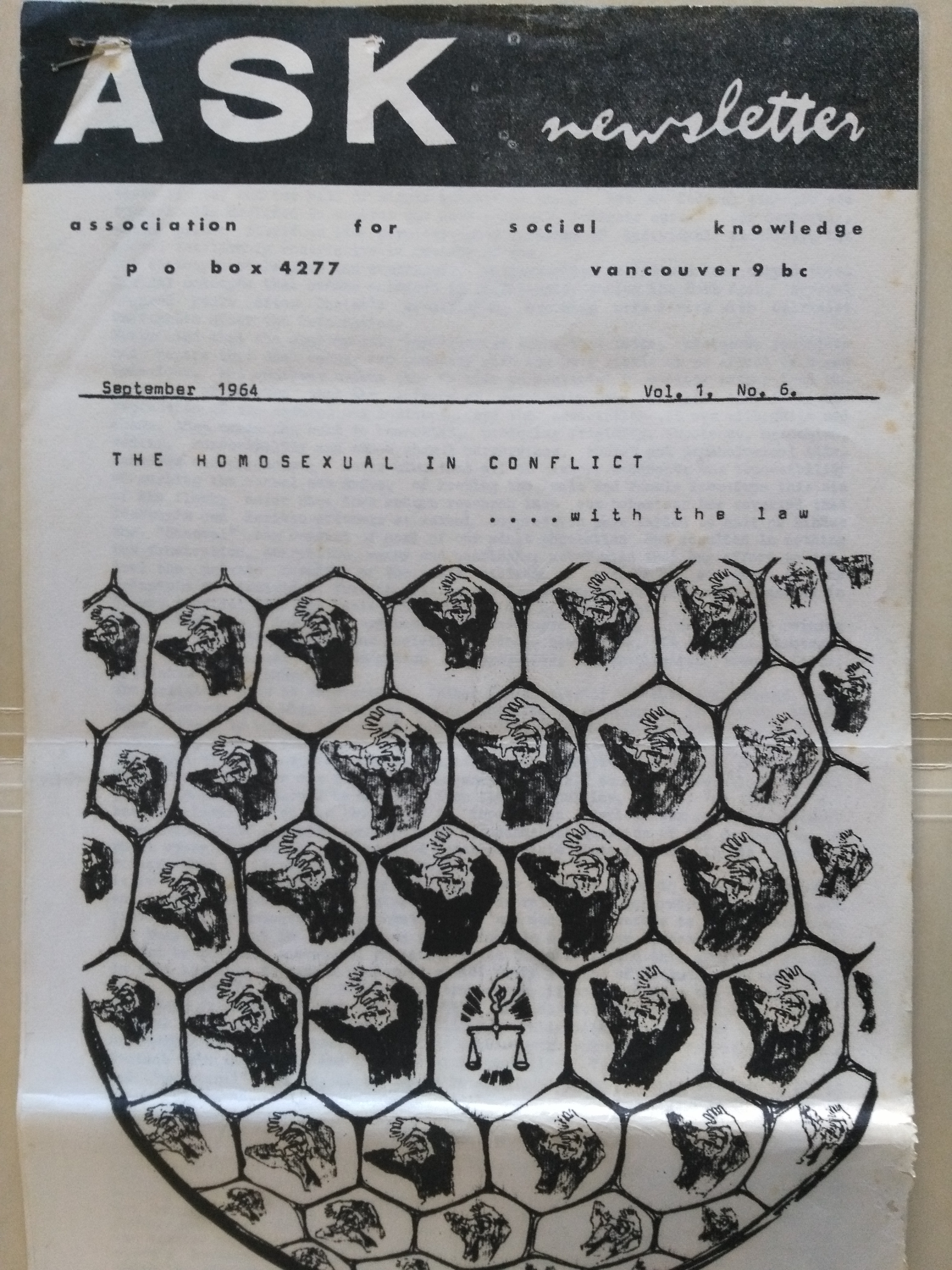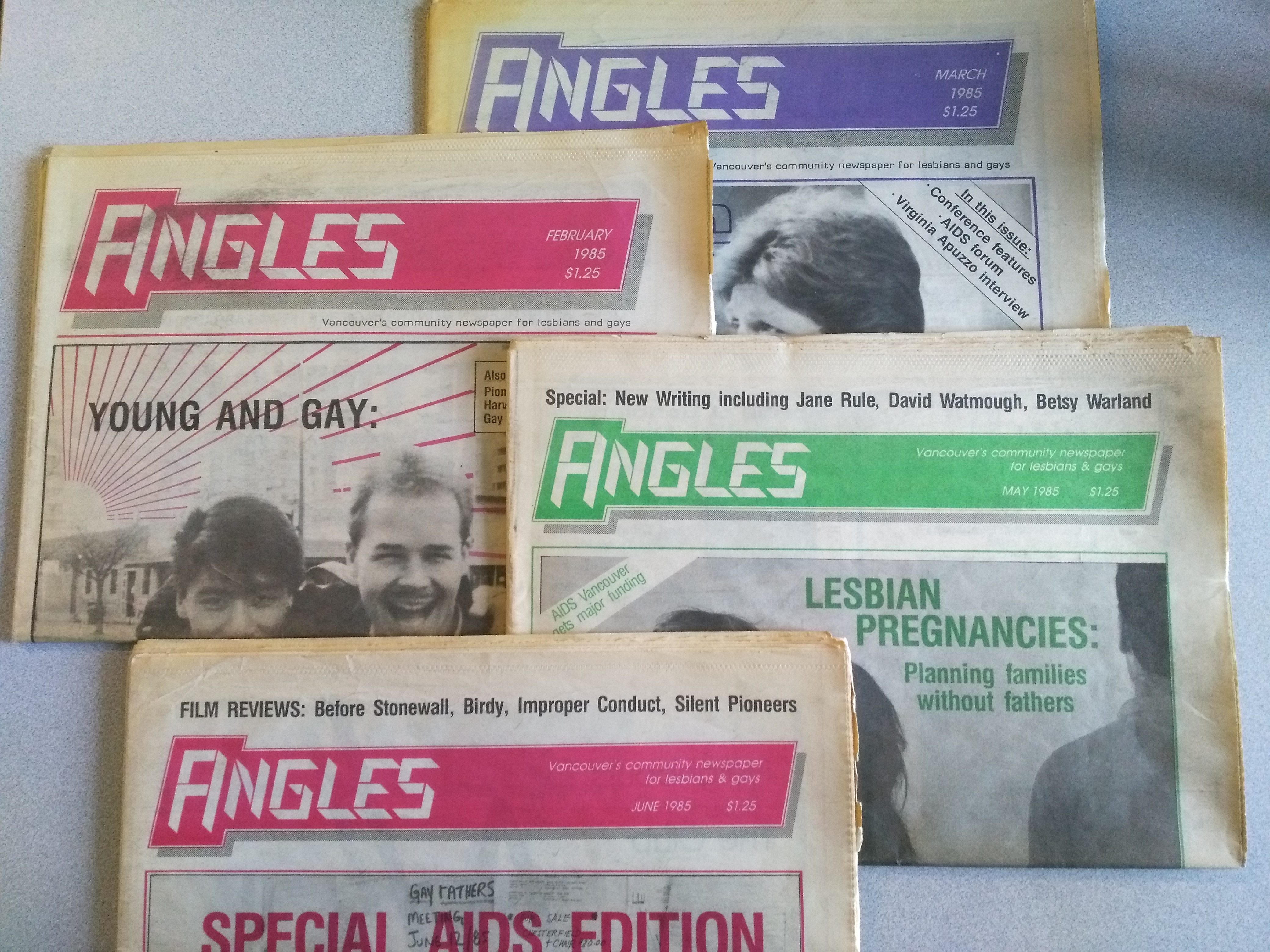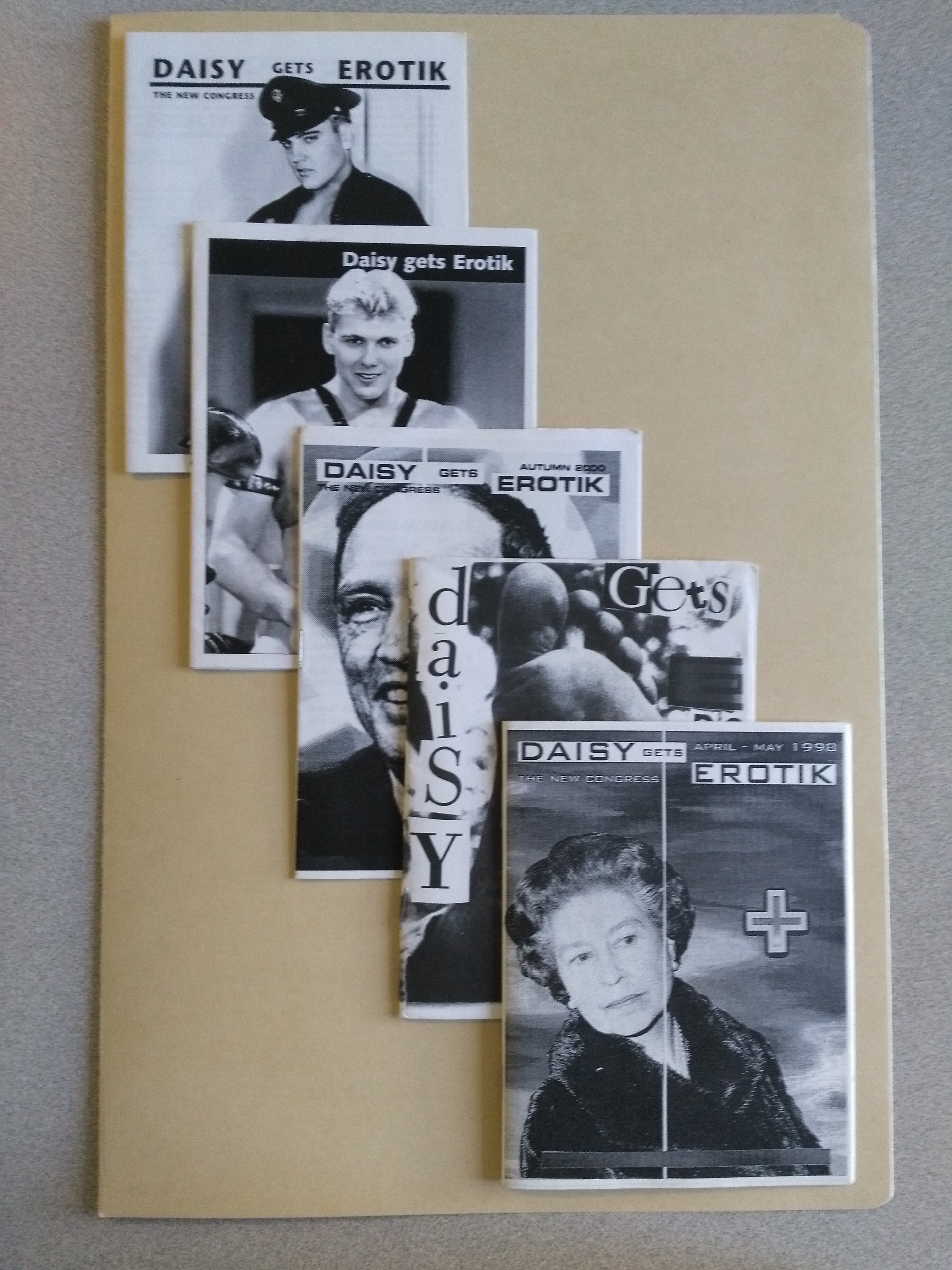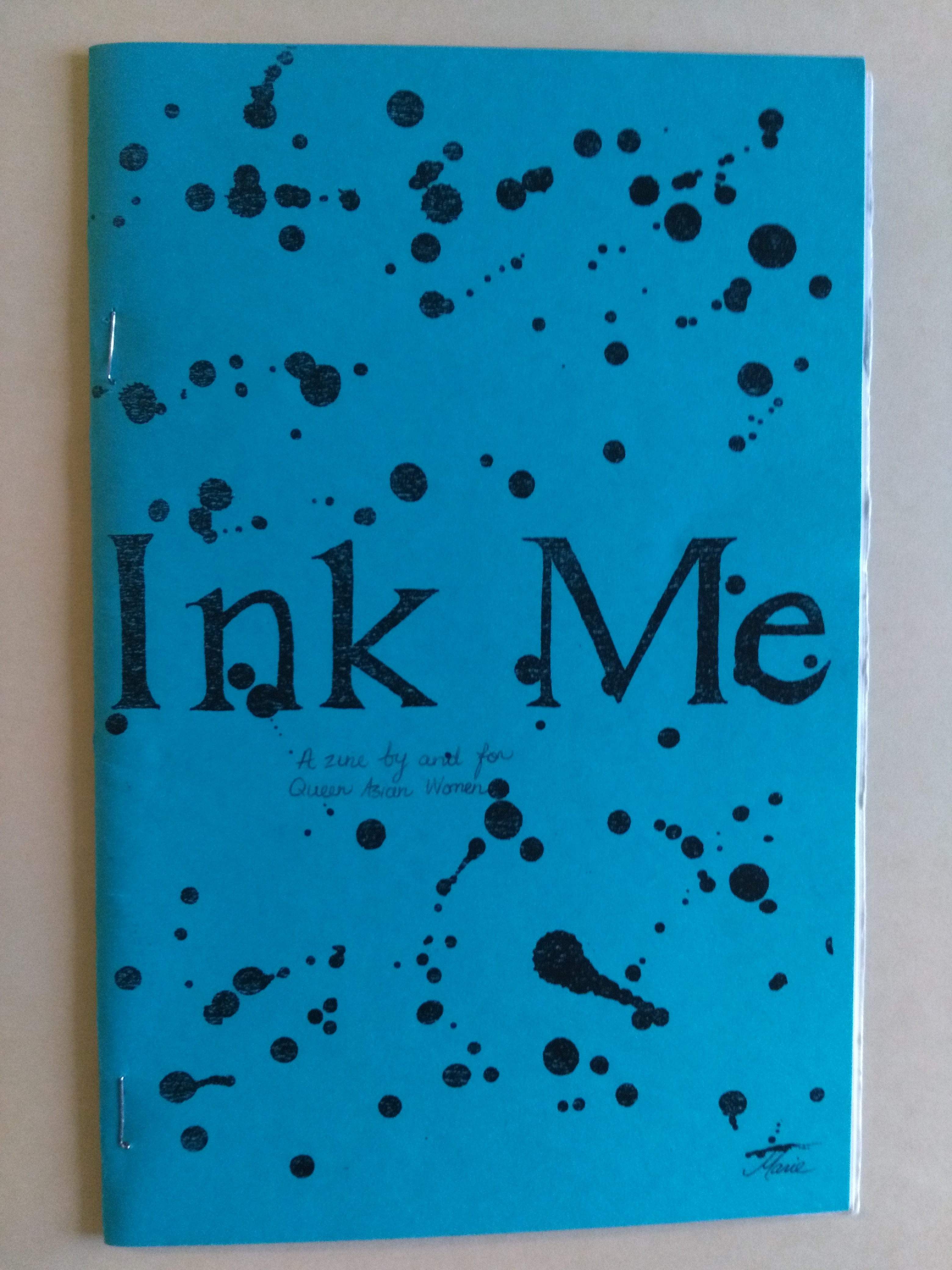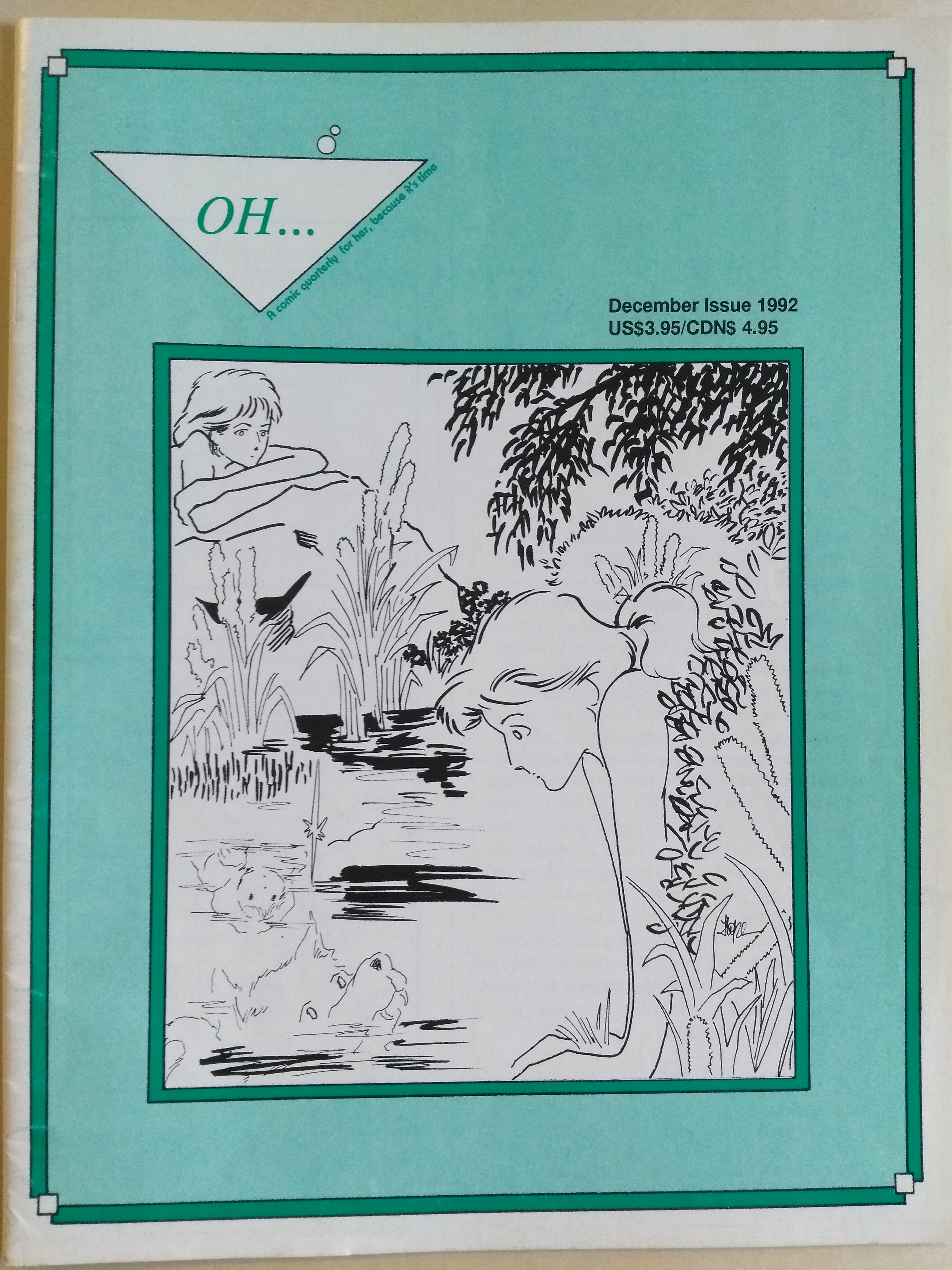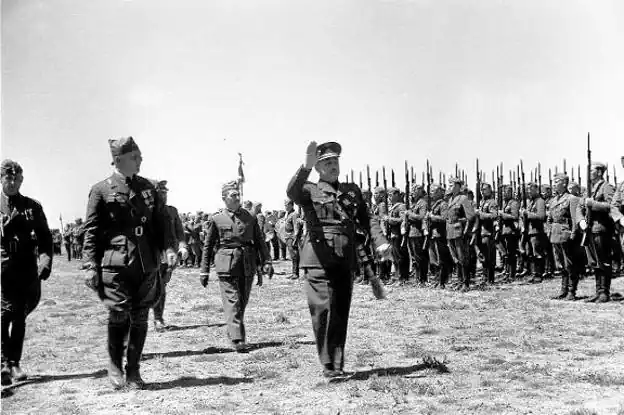https://colombia2020.elespectador.com/
Cuando cayó el muro de Berlín, hace 29 años, grupos de ciudadanos custodiaron el edificio que contenía los archivos de inteligencia que recogió el Estado de Alemania del Este. Tenían la certeza de que en las montañas de expedientes, que suman cerca de 111 kilómetros de estanterías, se podrían encontrar los seguimientos que hacían los funcionarios de la Oficina del Servicio de Inteligencia del Estado a sus propios ciudadanos. Pasar la página de la guerra fría con la Alemania de los países aliados implicó revisar los documentos de la Stasi (Ministerio para la Seguridad del Estado).“Muchos querían que dejáramos callados los documentos porque lo que se conociera ahí iba a generar muertes. Por ejemplo, una de las grandes líderes de la oposición se dio cuenta de que su esposo era un espía”, sostuvo Bernd Florath, asesor de documentación de la Antigua República Democrática Alemana, durante su paso por Colombia. En diálogo con este medio, asegura que la participación ciudadana impidió la destrucción de los archivos que incluyen millones de fotografías, microfilms y diapositivas, miles de películas y videos, así como miles de grabaciones de audio.
¿De qué manera los ciudadanos protegieron los archivos?
En el otoño de 1989, en Alemania del Este, una mayoría silenciosa comenzó a seguir las proclamaciones de los pocos opositores políticos, quienes sabían exactamente que la prueba de los métodos para controlar y vigilar podría encontrarse en los archivos de la policía política comunista. Esa suposición era correcta. El Ministerio de Seguridad del Estado fue una combinación omnipotente de inteligencia, política, procesamiento y prisión especial. Sus actividades fueron completamente secretas y en ningún momento dio informes a las instituciones legislativas, ni siquiera confidenciales. En consecuencia, funcionó más allá de cualquier control legal. Pero la mayoría de sus actividades han sido archivadas internamente. Para cubrir su práctica, la seguridad ordenó en noviembre de 1989 destruir todos los registros en un principio sobre métodos ilegales incluso en condiciones autoritarias.
¿Cómo evitaron la destrucción?
Los ciudadanos comenzaron a ocupar la sede local de la policía política y finalmente se implementó la demanda del pueblo para disolver la Seguridad del Estado. Sus oficiales fueron despedidos en 1990.
¿Qué buscaban con esa intervención?
Al terminar las actividades de la Stasi por la Revolución de 1989/90, el primer objetivo de la gente era ciertamente detener esa actividad. Pero el segundo objetivo era recuperar la verdad sobre la actividad oculta de la policía secreta, la verdad sobre cómo estaba interfiriendo en la vida de todos, en sus círculos de amigos o incluso dentro de la propia familia. En resumen, la gente quería saber qué parte de su biografía fue hecha por ellos mismos y qué parte fue manipulada por la policía secreta.
Usted se ha referido al caso del poeta opositor Jürgen Fuchs como un caso emblemático. ¿Por qué?
Cuando Jürgen Fuchs se enfrentó a los registros que la policía secreta había archivado sobre él se sintió abrumado. La cantidad de 92 volúmenes con informes sobre cada detalle de su vida, la perfidia de los intentos que la política secreta hizo para destruir su personalidad. Los registros muestran incluso los momentos más íntimos de su vida. Desde que comenzó a criticar al régimen en público, a escribir lo que llamó “Klartext” (texto sin formato), lo trataron como un enemigo público, sus poemas se convirtieron en una cuestión de censura y, finalmente, fue expulsado de la universidad en 1975. El más famoso disidente de Alemania del Este, Robert Havemann, le dio refugio familiar en ese momento. Pero él estuvo a salvo en ese frágil refugio solo por 18 meses. En noviembre de 1976, la policía secreta lo sacó del automóvil de Robert Havemann y lo arrestó sin cargos ni abogado más de nueve meses. Amenazado por una sentencia de larga data, se vio obligado a abandonar el país.
Lea también: “Es casi imposible que se hayan perdido archivos del DAS”: director del Archivo General de la Nación
¿Qué pretendían con los seguimientos?
No era solo vigilancia. La Seguridad del Estado de Alemania Oriental trató de asesinarlo a él y a su hija menor de edad en Berlín occidental. Cuando comenzó a leer todos estos registros en 1991, se encontró en un “paisaje de mentiras”, poblado de agentes y snitches que se infiltraron en toda su vida. Especialmente para él, un maestro de palabras sencillas, la lectura de los archivos ha sido una pesadilla.
¿Por otro lado, cuentan con información que intentó ser destruida?
Sí, existen alrededor de 15.500 bolsas de papel, cajas, cartones y cajas que contienen documentos destrozados y triturados, que paso a paso están sujetos a reconstrucción y registro de archivos.
¿A qué problemas se enfrentaron para acceder a esa información?
Encontrar el equilibrio entre el acceso y la protección de datos privados siempre es un dilema. La mayoría de la información en los archivos es recopilada por la policía política a través de la violación de los derechos humanos, la destrucción de la privacidad y la negación ilimitada de los derechos personales, tanto de los ciudadanos de Alemania Oriental como de los extranjeros. Para ello, la promesa de dar a todos “su” archivo requiere un enorme esfuerzo en la preparación del acceso. Los oficiales de la autoridad tienen que revisar los archivos solicitados si hay información sobre terceros y para proteger esta información del acceso no autorizado. El marco legal para usar los archivos en nuestro archivo fue dado por el Parlamento Federal en 1991. Esto intentó equilibrar el acceso al archivo, por un lado, y la protección de la información personal sobre las víctimas, por el otro.
¿Cómo ha contribuido esa información a la reconciliación de Alemania?
La mayoría de las decisiones políticas del régimen comunista se han tomado en secreto. Para comprender las responsabilidades, los motivos y las consecuencias de esa política, la información oculta en los archivos de la policía secreta, así como la información en los archivos del partido y el gobierno, ha sido esencial para descubrir los mecanismos del poder comunista. Por otro lado, el acceso de cada ciudadano a la información secreta que la policía política recolectó sobre él o ella destruyó de la manera más significativa la presión que ejecutó en la vida de los ciudadanos. Cada vez que una exvíctima revisa los archivos de la policía política es un momento de victoria y rehabilitación.



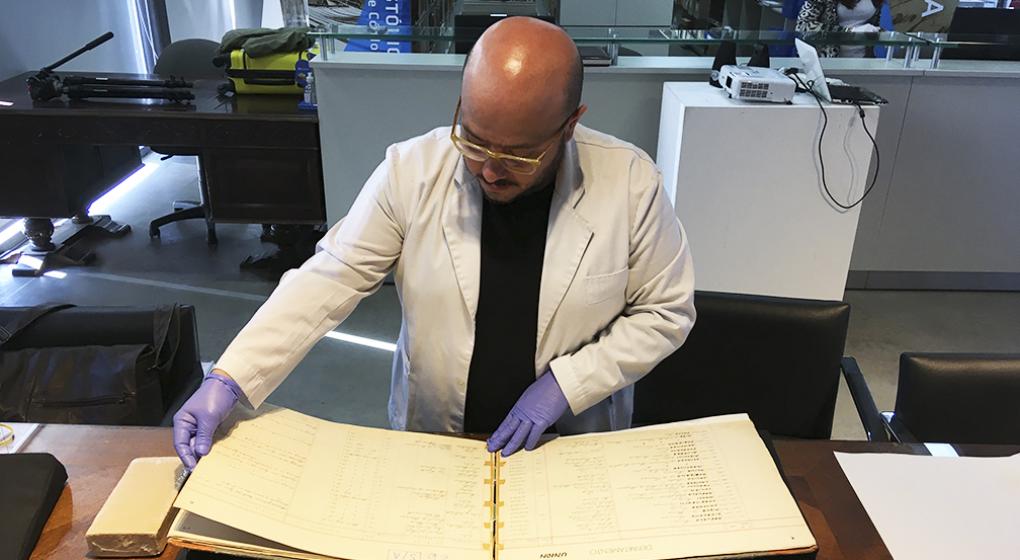




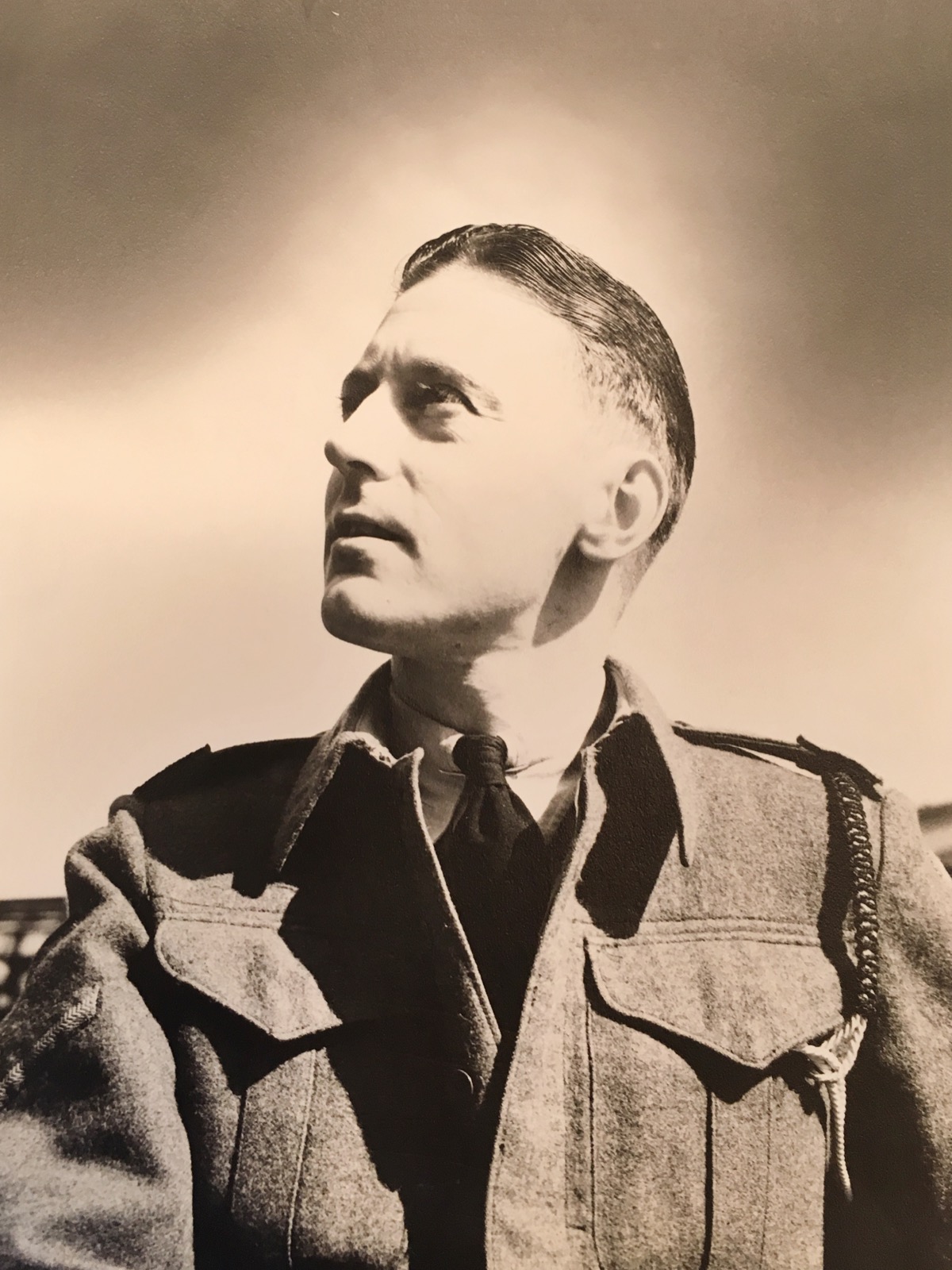
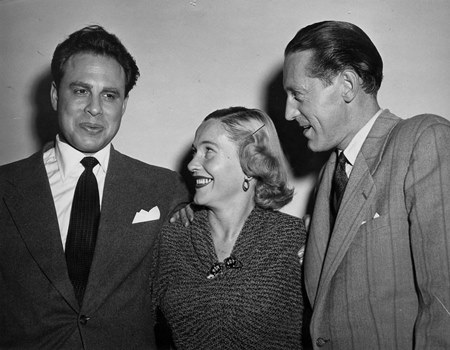
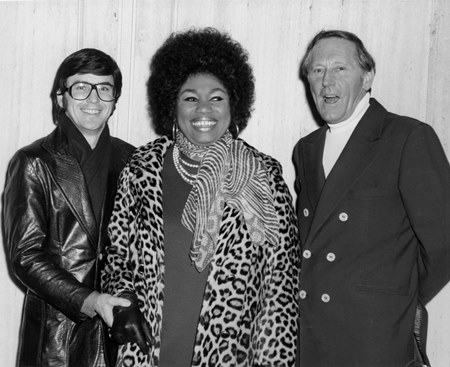
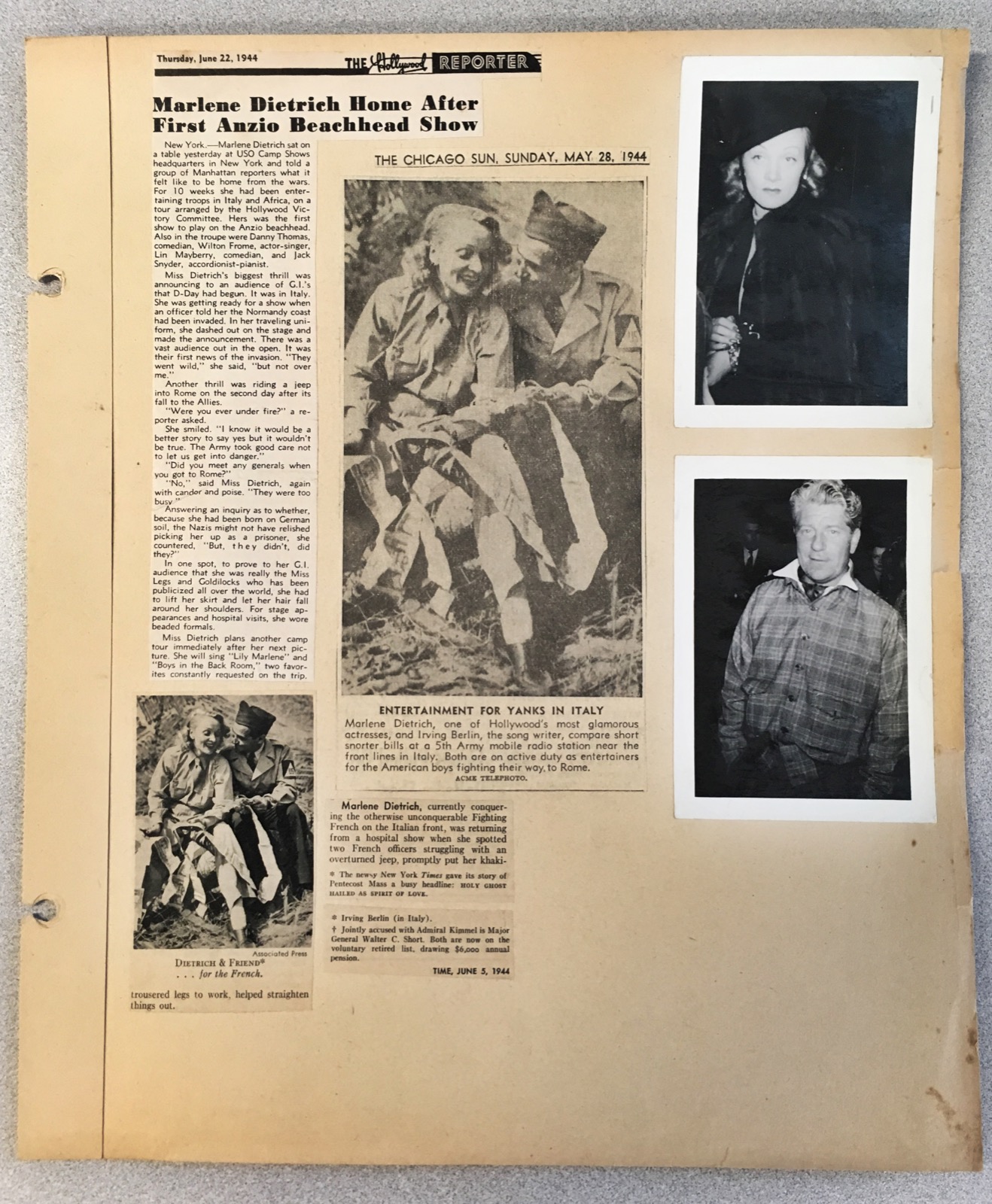
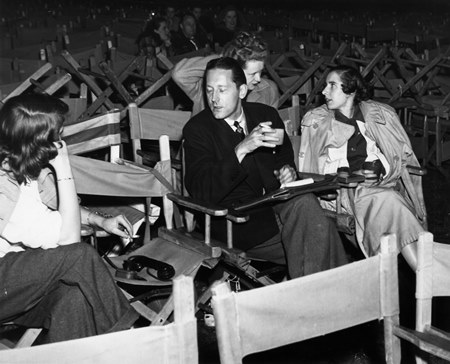
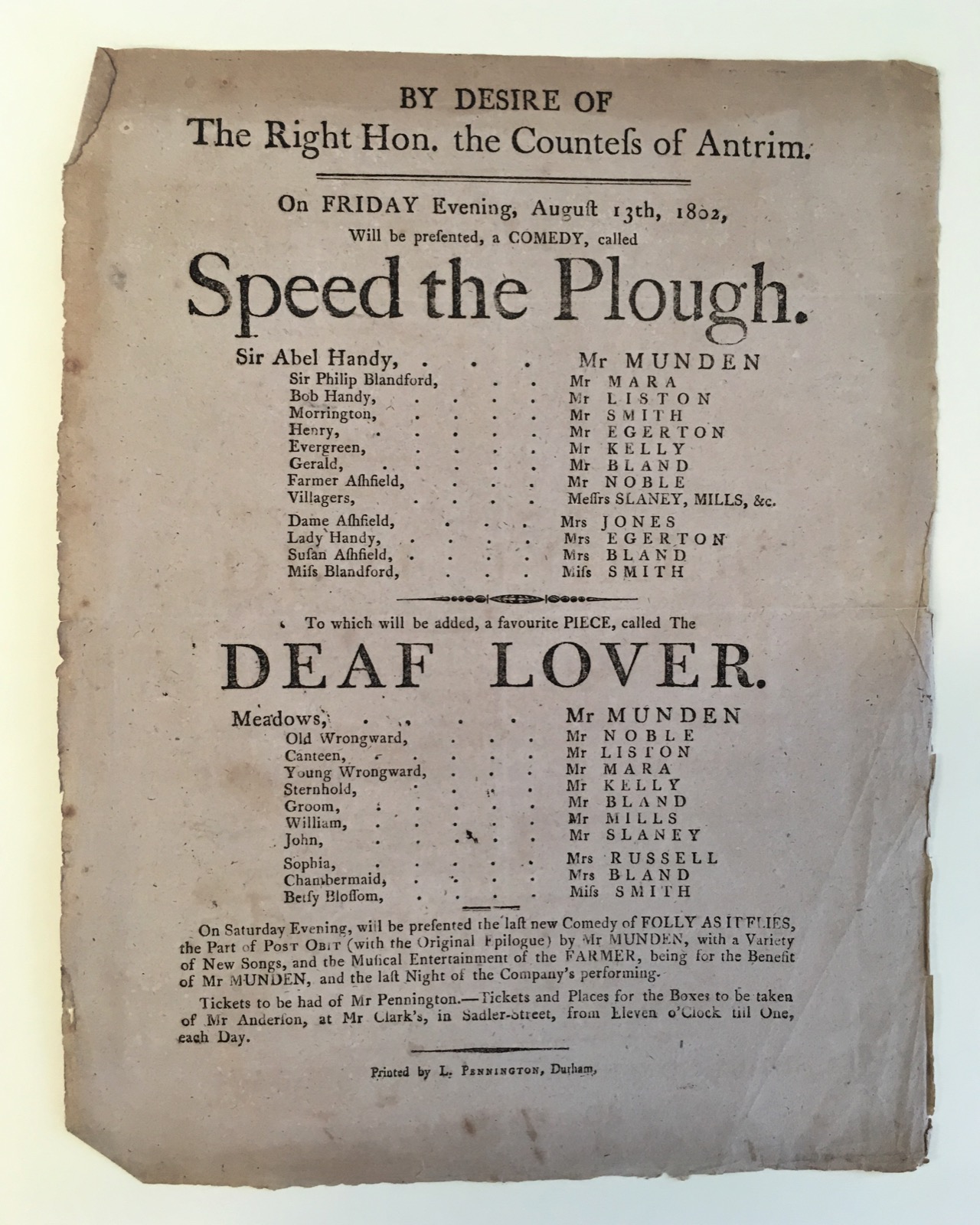
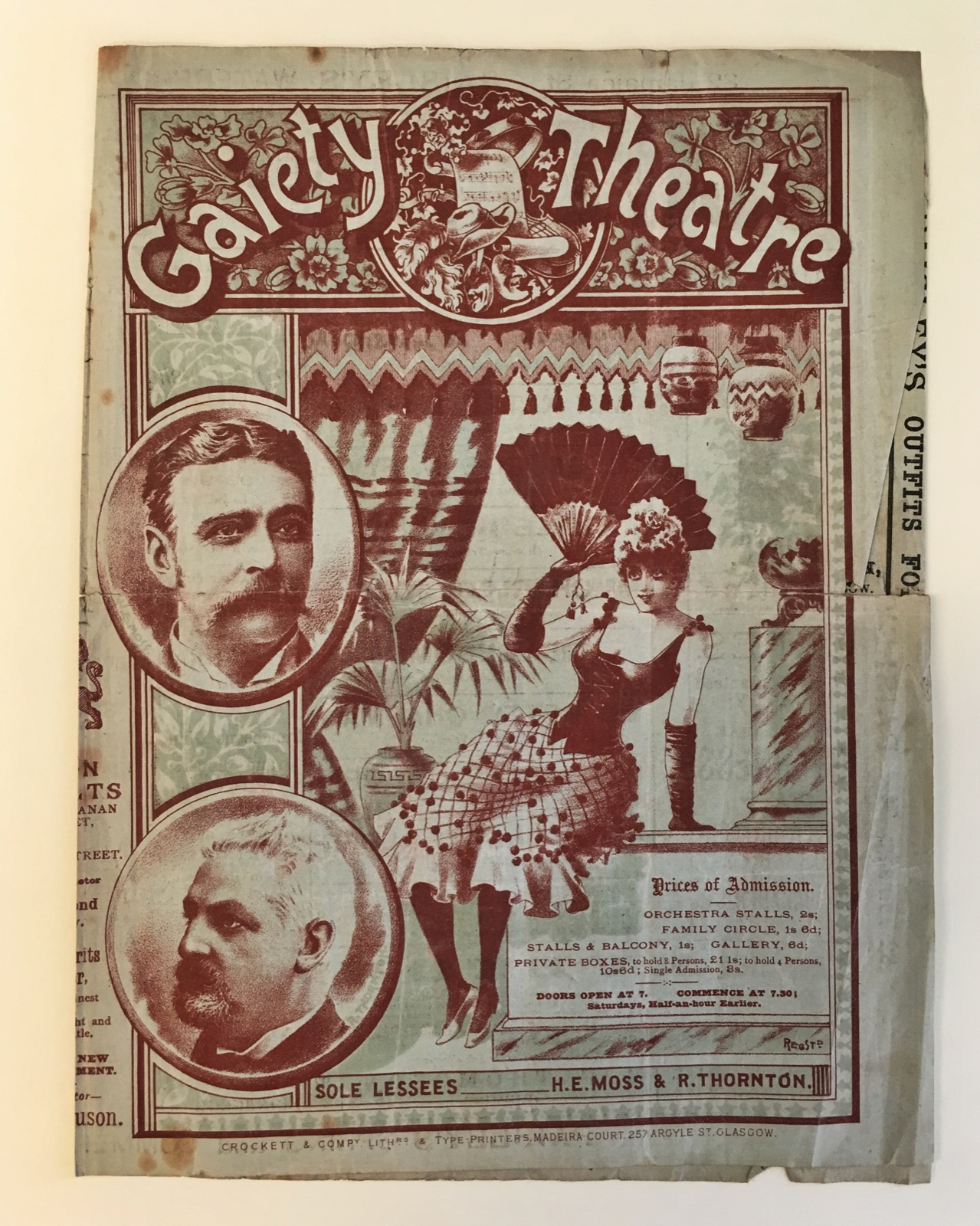
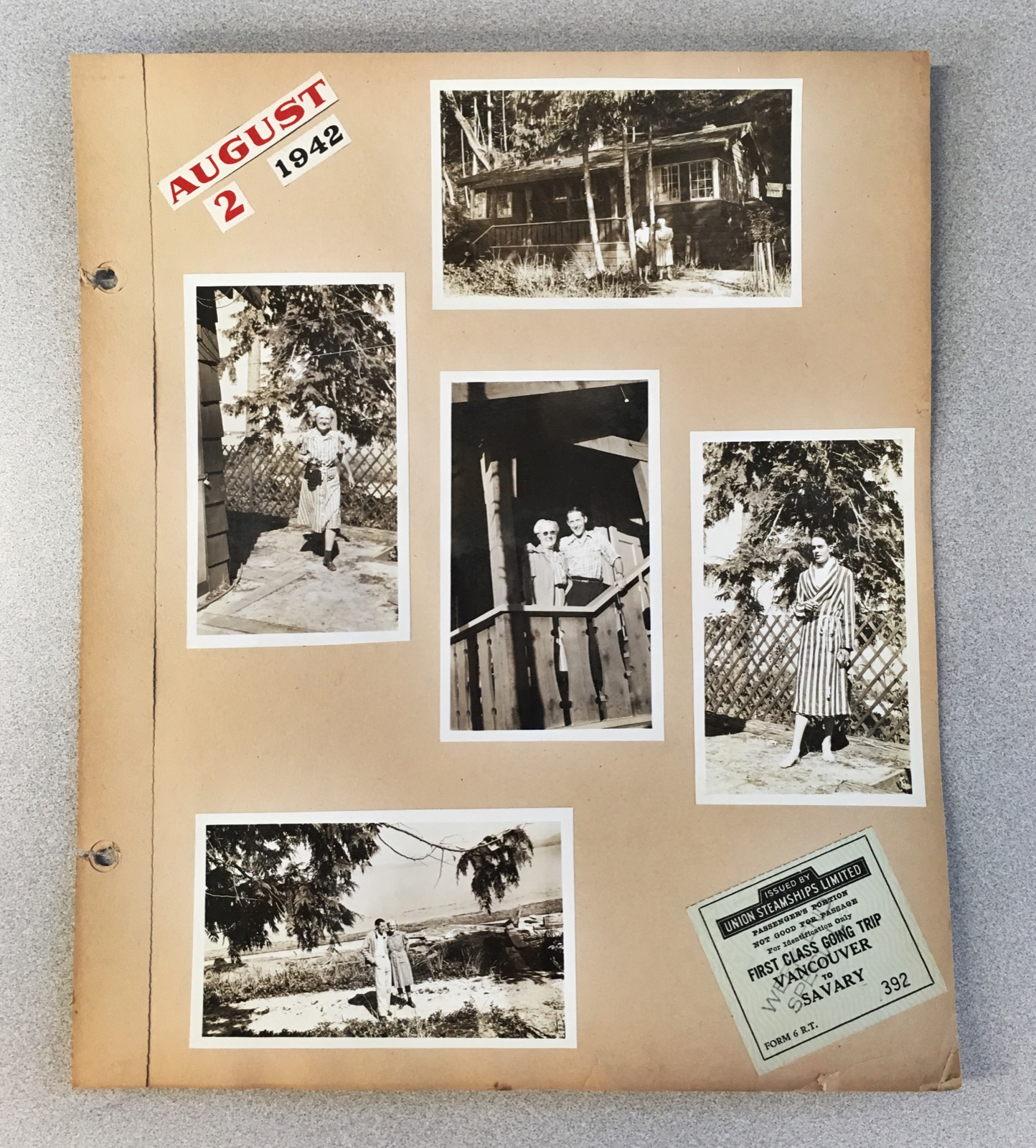
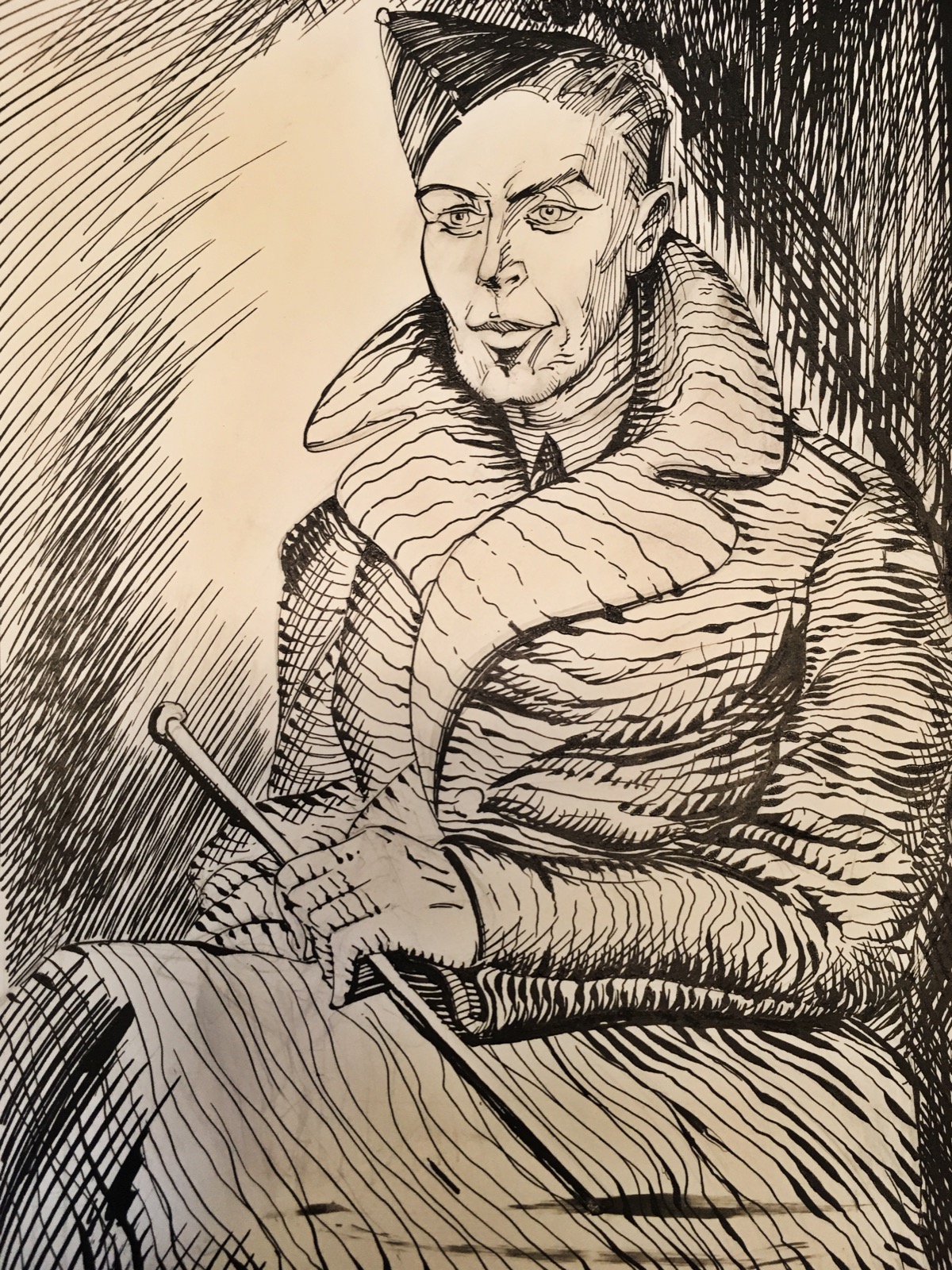
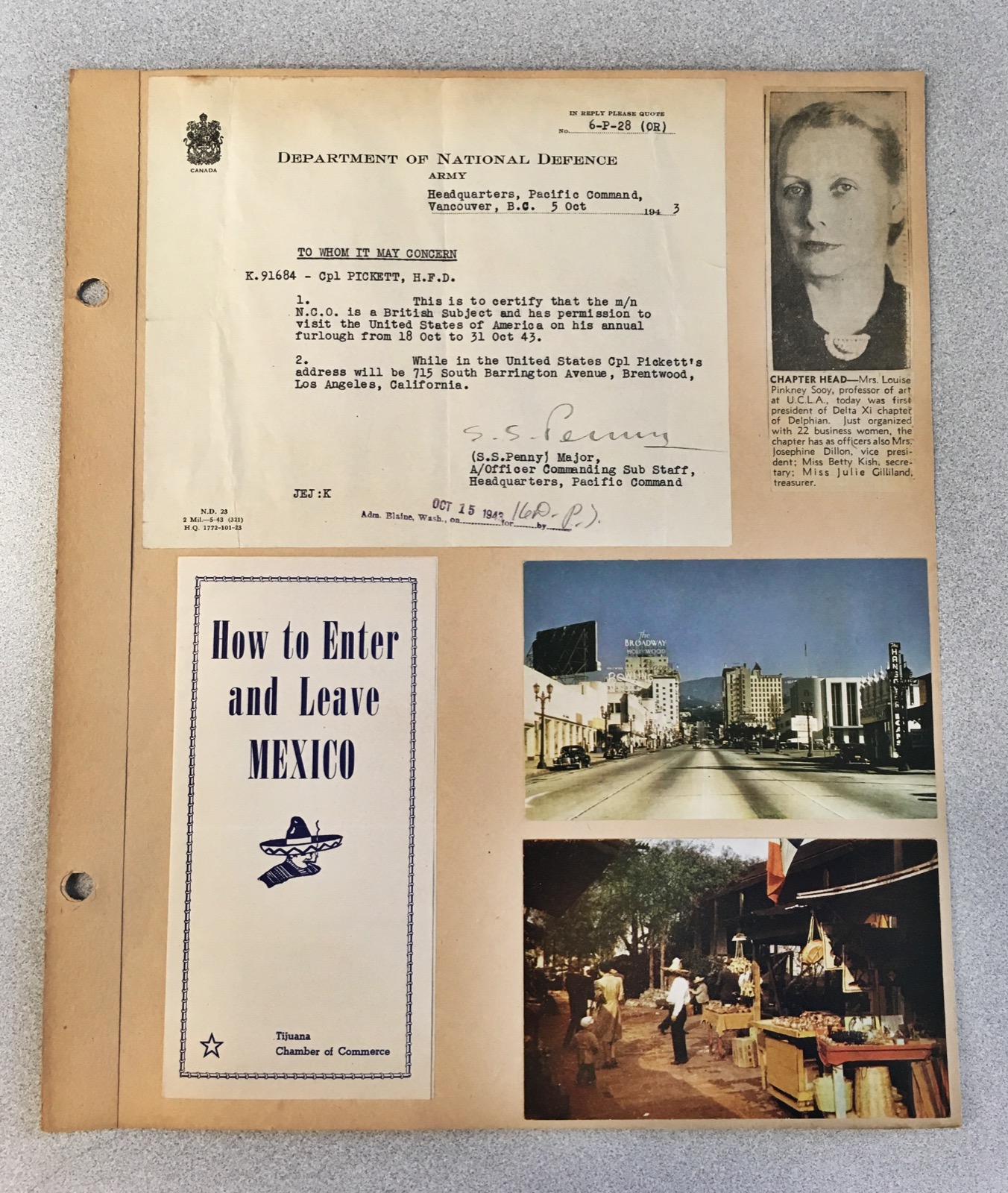
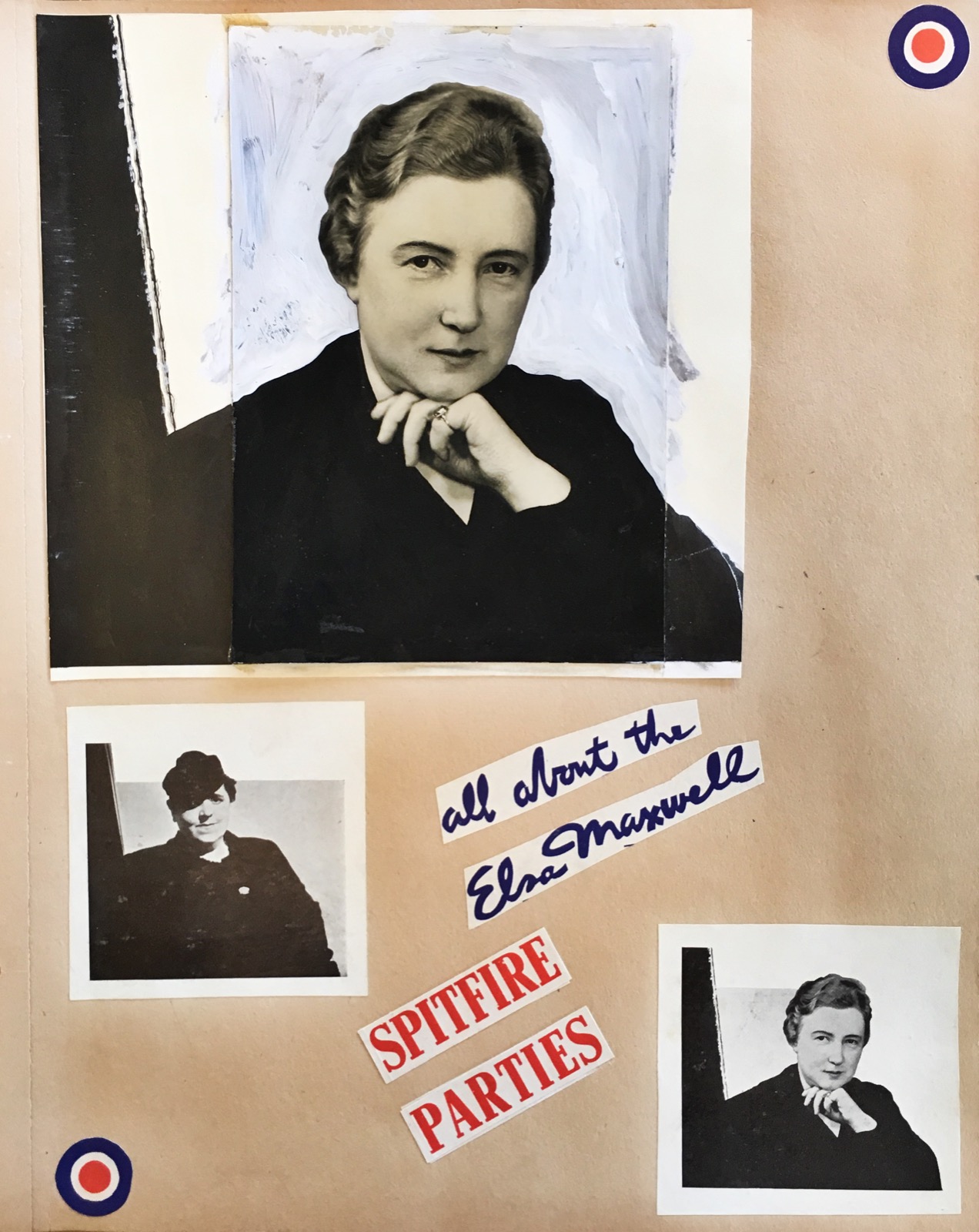
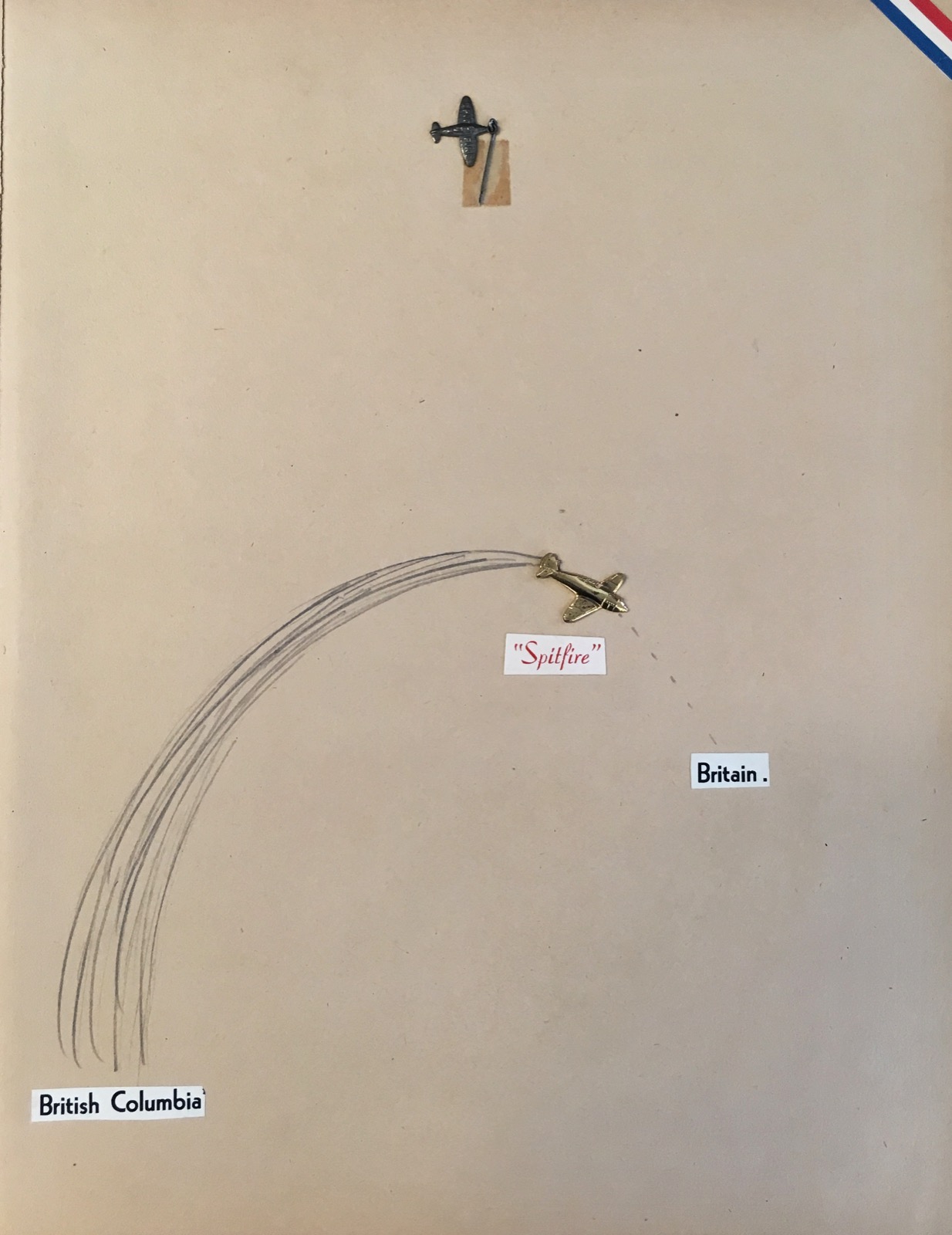












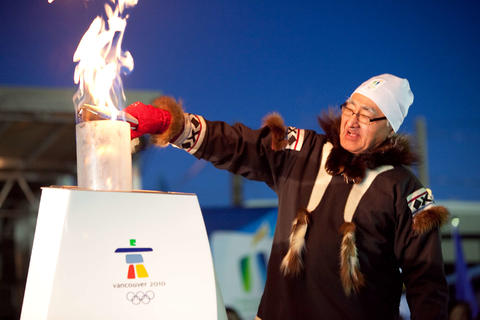

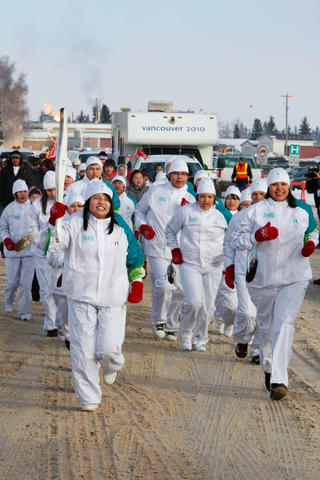


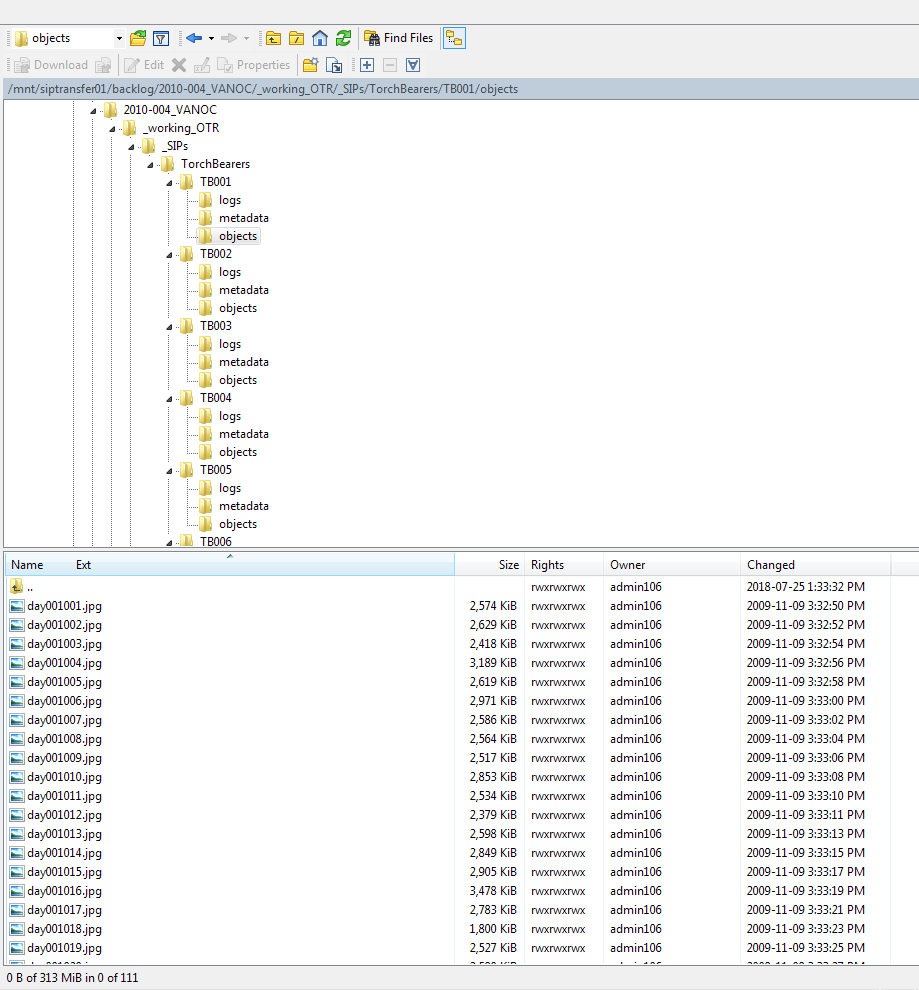
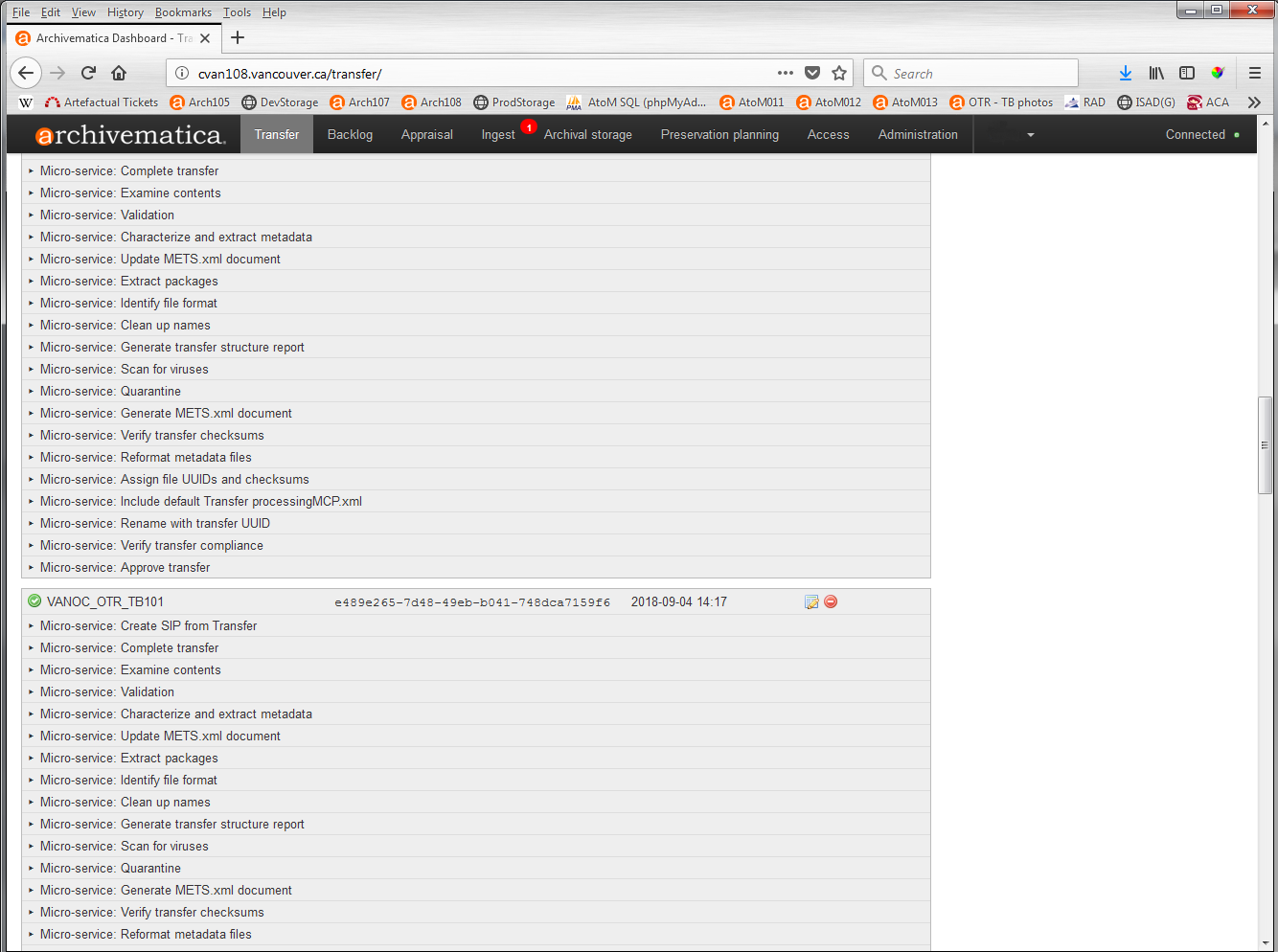
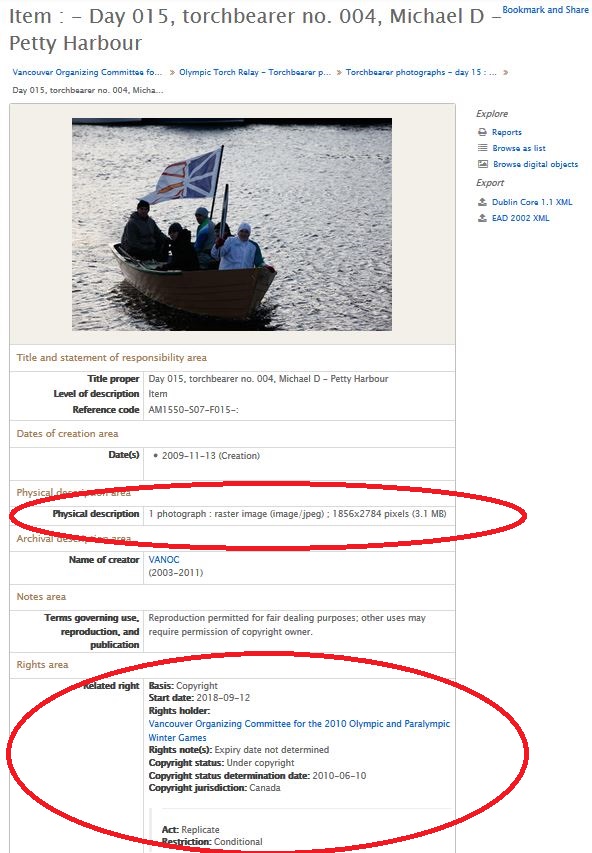

![Page from The Girl's Own Paper Volume 2, Issue 61. February 26, 1881 [See original object]](https://fsuspecialcollections.files.wordpress.com/2018/10/resolver.jpeg?w=491&h=654)
